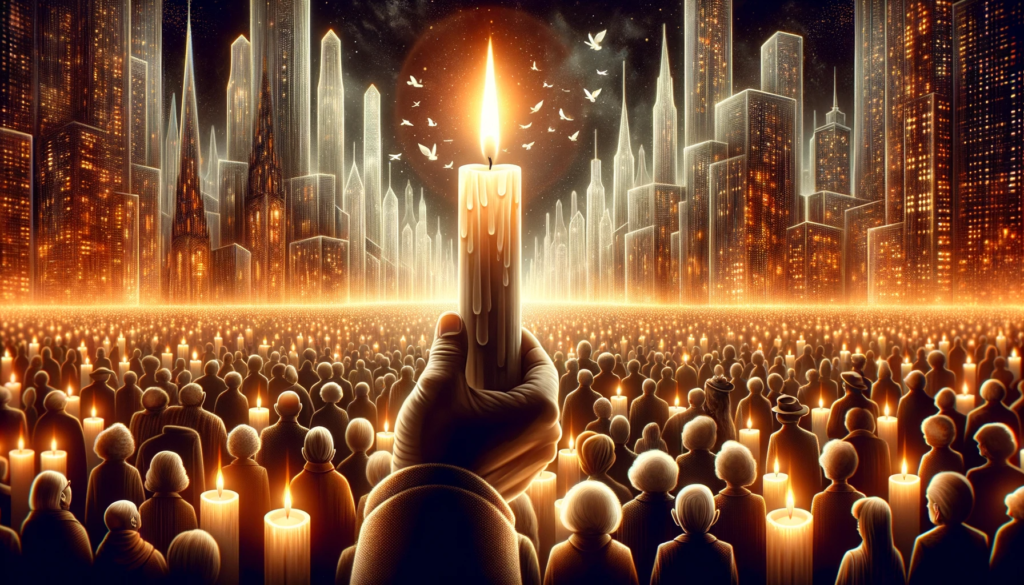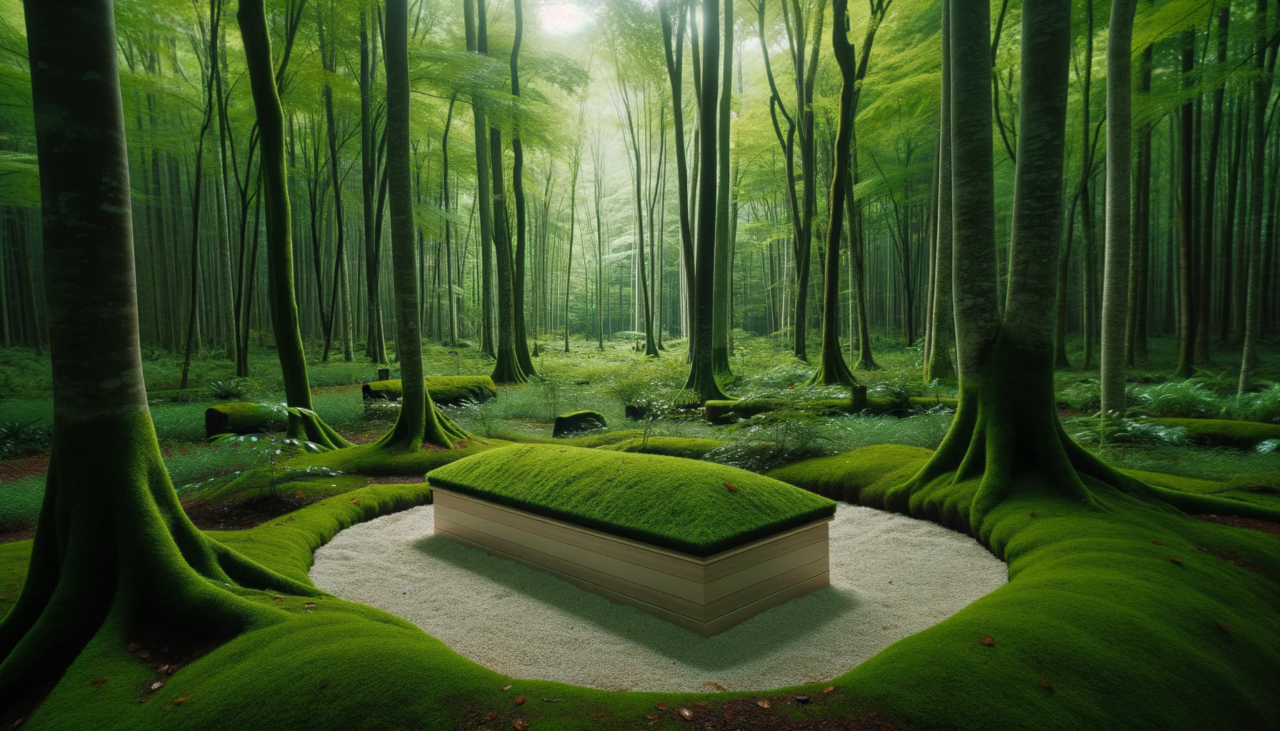As the sun sets and the horizon embraces its fiery hues, I often find myself pondering the cyclical nature of life and death. Funerals, in many ways, are humanity’s tribute to this cycle—a way to honor, remember, and bid farewell. Just as cultures have evolved, so too have the rituals that surround death. Let’s embark on a journey through time, tracing the evolution of funeral traditions.

Whispers from Ancient Civilizations
Centuries ago, our ancestors turned to the earth and sky to understand death. They crafted rituals infused with nature’s elements, hoping to appease the gods and ensure a safe passage to the afterlife.
Egypt’s Pharaohs and Their Grand Tombs: The ancient Egyptians believed in a life after death, a realm where the soul would journey after departing the physical world. This belief culminated in the majestic pyramids, tombs designed to honor pharaohs and ensure their divine status in the afterlife. Mummification, too, was crucial, preserving the body for its voyage to the great beyond.
The Grecian Urn and Flames: The Greeks, with their rich pantheon of gods, practiced cremation. They believed that fire would purify the soul, releasing it from the confines of the body. Families would then collect the ashes in decorative urns, often adorned with scenes from mythology.
Medieval Mourning and the Dance with Death
Fast forward to the Middle Ages, and death took on a different hue. With plagues ravaging towns and the mystery of the unknown deepening, death was ever-present. Yet, it was also a time of profound spirituality.
Gothic Cathedrals and Final Rest: In Europe, the construction of towering cathedrals began, and with them came churchyard burials. The deceased were laid to rest in consecrated grounds, beneath the watchful gaze of saints and angels carved in stone.
The Danse Macabre: Art and literature of the period often depicted the “Dance of Death,” a reminder of mortality’s inevitability. Regardless of status—king or peasant, young or old—death was the great equalizer.
Modern Times: Personalization and Diversity
In the contemporary era, funerals have become deeply personal affairs. As society grows more diverse, so too do the traditions that honor the departed.
Eco-conscious Farewells: Today, many seek sustainable alternatives. Green burials, which forgo embalming chemicals and use biodegradable caskets, are gaining traction. It’s a way to return to the earth, quite literally, in the gentlest manner.
Memorializing Online: The digital age has given rise to virtual memorials. Websites, social media pages, and even virtual reality spaces have become modern venues to remember and celebrate lives.
Inclusion and Respect: With global travel and multicultural societies, it’s not uncommon for funeral practices from various cultures to intertwine. It’s a testament to humanity’s ability to adapt, respect, and find unity in grief.
Final Reflections
Death might be a universal experience, but the ways we honor, mourn, and remember are as diverse as the tapestry of human history. From the grand pyramids of Egypt to the digital memorials of today, funeral traditions have evolved, yet the core remains unchanged—a deep-seated desire to honor the departed and find meaning in the face of mortality. As we continue our journey, who knows what the future holds? One thing’s for certain: our ways of remembering will always be as varied and profound as life itself.
Navigating the rich tapestry of funeral traditions can be both enlightening and overwhelming. For those in the Essex & Suffolk regions seeking guidance, R. Gwinnell & Sons brings not only expertise but also a deep understanding of the diverse ways in which we honor our departed. As funeral traditions evolve, the team at Gwinnells remains a constant, blending age-old customs with contemporary practices. Reach out to them for a seamless and respectful journey through the traditions of remembrance and honor.

